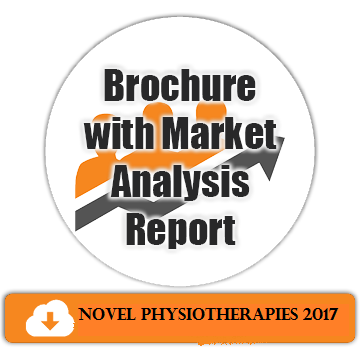
Konstantinos Fousekis
Technological Educational Institute of Western Greece, Greece
Title: Treatment of supraspinatus tendinopathy with Ergon® IASTM technique and neuromuscular control exercises: a case study
Biography
Biography: Konstantinos Fousekis
Abstract
Study Background: Supraspinatus tendinopathy is an important cause of pain and dysfunction in the adult shoulder. Traditional treatment for this type of injury includes traditional forms of treatment such as massage, stretching, electrotherapy and functional exercises. The aim of this case study was to evaluate the effectiveness of Ergon® IASTM Technique and shoulder neuromuscular control exercises in the treatment of supraspinatus tendinopathy.
Methods: A 50-year-old patient clinically diagnosed with supraspinatus tendinosis presented with significant a) pain on palpation b) pain during passive and active internal rotation and c) decrease in shoulder passive internal rotation. His treatment plan included 8 treatment sessions involving the application a) of Ergon® IASTM Technique over specific shoulder points and b) of targeted neuromuscular control exercises of the shoulder. Pain produced during passive internal rotation was evaluated with a visual analogue scale (VAS). The range of motion (ROM) for the internal rotation was measured with a goniometer. The patient was evaluated before, and at the 4th and 8th treatment session.
Results: The patient experienced a significant decrease in pain and an increase in shoulder ROM regarding internal rotation by both the 4th and 8th treatment session (figure1). More specifically, pain, as measured by VAS scale, was decreased from 8 and 7, respectively on the passive and active internal rotation of the shoulder, to 6 and 4 by the end of the 4th week and to 3 and 2 after the 8th treatment. Internal rotation ROM in the painful shoulder at 90° of abduction progressed from 60° at the baseline to 73o and 78o after 4th and 8th treatment, respectively.
Conclusions: This case study provides some evidence that Ergon® IASTM Technique in association with shoulder neuromuscular control exercises is an effective technique in the rehabilitation of the patients with supraspinatus tendinopathy.
Recent Publications
1. Neviaser A S, Hannafin J A (2010) Adhesive capsulitis: a review of current treatment. The American Journal of Sports Medicine. 38(11): 2346-2356.
2. Fousekis K, Kounavi E, Doriadis S, Mylonas K, Kallistratos E (2016) The Effectiveness of Instrument-assisted Soft Tissue Mobilization Technique (ErgonŠ Technique), Cupping and Ischaemic Pressure Techniques in the Treatment of Amateur Athletes΄ Myofascial Trigger Points. J Nov Physiother. S. 3(2).

